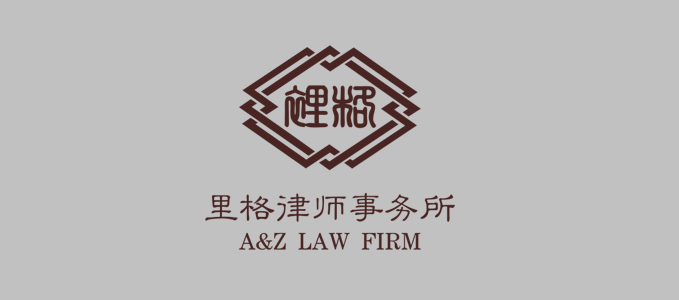Two-Invoice System: Multinational Pharmaceutical Companies And Compliance
Two-Invoice System: Multinational Pharmaceutical Companies And Compliance

Two-invoice system: Multinational Pharmaceutical Companies and Compliance
Claire Gu, European-American Desk
A Continuing Breakthrough
On September 26, 2016, the National Development and Reform Commission (国家发展和改革委员会), and the China Food and Drug Administration (国家食品药品监督管理总局), together with other departments, jointly promulgated the Circular on Issuing the Implementing Opinions on Carrying out the Two Invoice System for Drug Procurement among Public Medical Institutions (for Trial Implementation)《关于在公立医疗机构药品采购中推行“两票制”的实施意见(试行)》 (the “Two Invoice System”), clarifying that public medical institutions shall be required to implement the "two invoice system" step by step, while other medical institutions are encouraged to carry out this system.
Subsequently, as of June 30, 2017, 26 provinces and municipalities have issued specific implementation plans and associated documents.
The Two Invoice System
According to the new policy, “two invoice” refers to the invoice from the manufacturer to the distributor on a one-off basis combined with the invoice from the distributor to public medical institutions on a one-off basis.
Medical reformers and other competent authorities wish to cut out the cost of the middleman by taking advantage of this system, thereby reducing the circulation of drugs and further promoting the reduction of high drug prices, which will eventually ease the burden on patients.
Three Exemptions
1. Wholly-owned or holding commerce companies (there shall be only one commerce company throughout the country) that are established by drug manufacturers, or group enterprises integrating scientific research, manufacture, and trade to sell the drugs of these enterprises (groups), can be regarded as manufacturers.
2. Domestic general agents of overseas drugs (there shall be only one domestic general agent throughout the country) can be regarded as manufacturers.
3. Within an enterprise that is a drug circulation group, the allocation of drugs between the group and wholly-owned (holding) subsidiaries or between wholly-owned (holding) subsidiaries should not be regarded as invoicing, but invoicing is allowed once at most.
Numerous Uncertainties
1. The invoice system transfers risks to the manufacturers. Most agents encounter a situation in which they cannot get an invoice issued by pharmaceutical companies as a result of failure to strike a balance. In particular, multinational pharmaceutical companies do not want to run unnecessary risks, insisting on conducting business within the sphere permitted by compliance. As a result, its salesmen are limited in the steps they can take, which will cause a decline in sales.
2. Some enterprises that used to be the secondary (or above) distributors of domestic drugs or tertiary (or above) distributors of overseas drugs may be completely halted in pilot provinces, and thus seek to be transformed into CSO (Contract Sales Organizations) to carry out drug distribution, i.e., CSOs render legitimate promotion services to the manufactures.
For example, in early November, Eddingpharm and Lilly China reached an exclusive agreement; the cooperation marks the commencement of a future trend of transnational companies collaborating with domestic pharmaceutical companies. However, in this case, the nature of the fee paid to the manufacturers is unclear and wrongful identification will result in the risk of issuing faulty VAT invoices, leading to punishment by tax authorities.
3. Some enterprises will continue to be initial contributors and get paid more by manufactures due to the decrease in profit, or conducting promotional business. In this case, the manufacturer will sell drugs to the contributor and at the same time pay the service fee for the above purpose, which may involve commercial bribery.
4. Manufacturers and hospitals/procurement platforms may directly set the drug price through bids or negotiations and the distributors will follow the certain price in distribution or resale. Although it is a result of the implementation of the two invoice system, such form may limit the resale price from the manufacturer to the distributor and constitute a vertical monopoly agreement.



